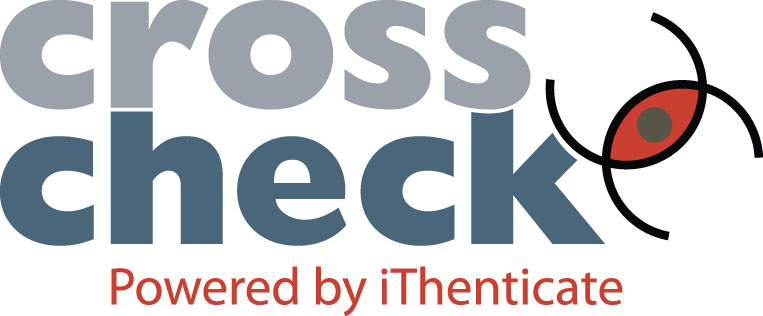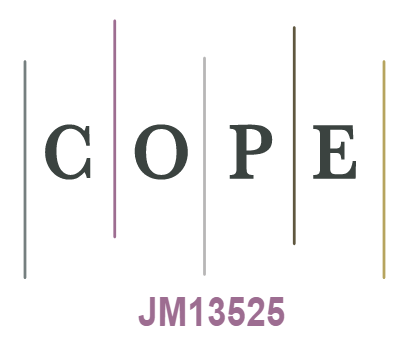CALL FOR PAPERS
Robotics in Hospitality and Tourism: Research, Applications, and Implications
Introduction
There is an evolving role of robotics in tourism and hospitality. As technology continues to reshape service industries, understanding the implications of robotic application is crucial for both academia and industry.
Robots are machines designed to do a chain of physical actions, assisting or even replacing human beings. The use of robots presents some benefits. Robots offer an alternative to provide consistent responses to customers’ requests and inquiries. However, as widely known, human interactions are important in tourism and retail industries, and thus challenges are expected when adopting robots. For example, in the service industry, courtesy is an essential requirement for service professionals. Human service providers are expected to maintain good emotional control at all times when dealing with tricky customers. Moreover, the deployment of robots may create unemployment on some occasions, thereby resulting in a reduction of necessary human interactions (Manthiou & Klaus, 2022).
With the increasing use of robots across different industries, it is noteworthy that relatively few studies have been conducted on the application of robots in the tourism and retail industries. Robotics has been one of the hottest research topics in recent years. In academia, scholars have used quantitative, qualitative, and mixed-methods in their robot-related research. Moreover, well-established theories such as theory of planned behavior, technology acceptance model, and social presence theory have been widely applied (Ye et al., 2022). The scope of this special issue discusses various aspects of robots’ usage in the tourism and retail industries.
Suggested Themes
The special issue invites academic contributions that explore the following themes (but are not limited to):
- A critical review of robot research and future research opportunities in tourism/hospitality;
- The effects of perception of robot appearance and service context on usage intention;
- Applications of robots in tourism/hospitality industries;
- Employees’ perspective and robot design;
- Integration of AI with robots.
Submission procedure and timeline
Manuscripts should be submitted via: https://mc04.manuscriptcentral.com/thm (Please choose the special issue rather than regular issue)
- Should not exceed 8,000 words in length (including abstract, references, figures and tables). Please use the following template.
- Detailed guidelines are found at here.
- Submission Deadline: 31 March 2026
- Publication Timeline: 2027
References
Alenjareghi, M., Keivanpour, S., Chinniah, Y., Jocelyn, S & Oulmane, A. (2024). Safe human-robot collaboration: a systematic review of risk assessment methods with AI integration and standardization considerations. The International Journal of Advanced Manufacturing Technology, 133, 4077-4110.
Belanche, D., Casalo, L. & Flavian, C. (2021). Frontline robots in tourism and hospitality: service enhancement or cost reduction? Electronic Markets, 31, 477-492.
Lukasik, A. & Gut, A. (2025). From robots to chatbots: unveiling the dynamics of human-AI interaction. Frontiers in Psychology.
Manthiou, A. & Klaus, P. (2022). The interplay factors of the robotic tourism experience: The customer journey’s touchpoints, context and qualities. Technological Forecasting & Social Change, 177, 121552.
Seyitoglu, F. & Ivanov, S. (2021). Service robots as a tool for physical distancing in Tourism, Current Issues in Tourism, 24(12), 1631-1634.
Ye, H., Sun, S. & Law, R. (2022). A Review of Robotic Applications in Hospitality and Tourism Research, Sustainability, 14, 10827.











